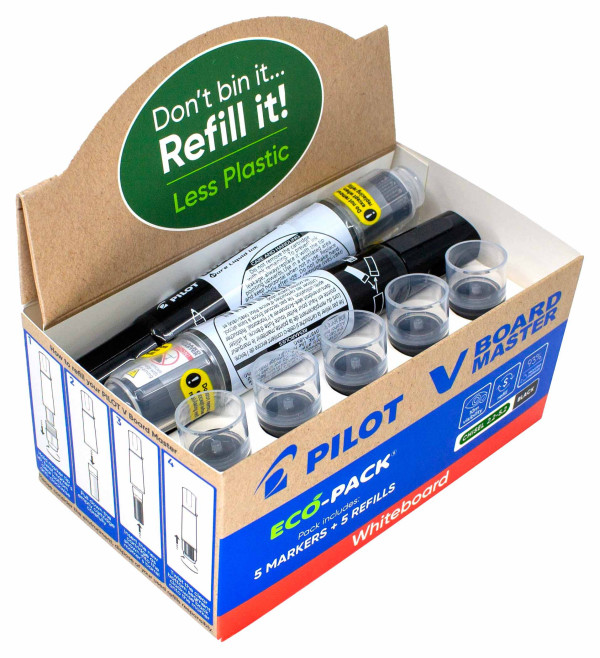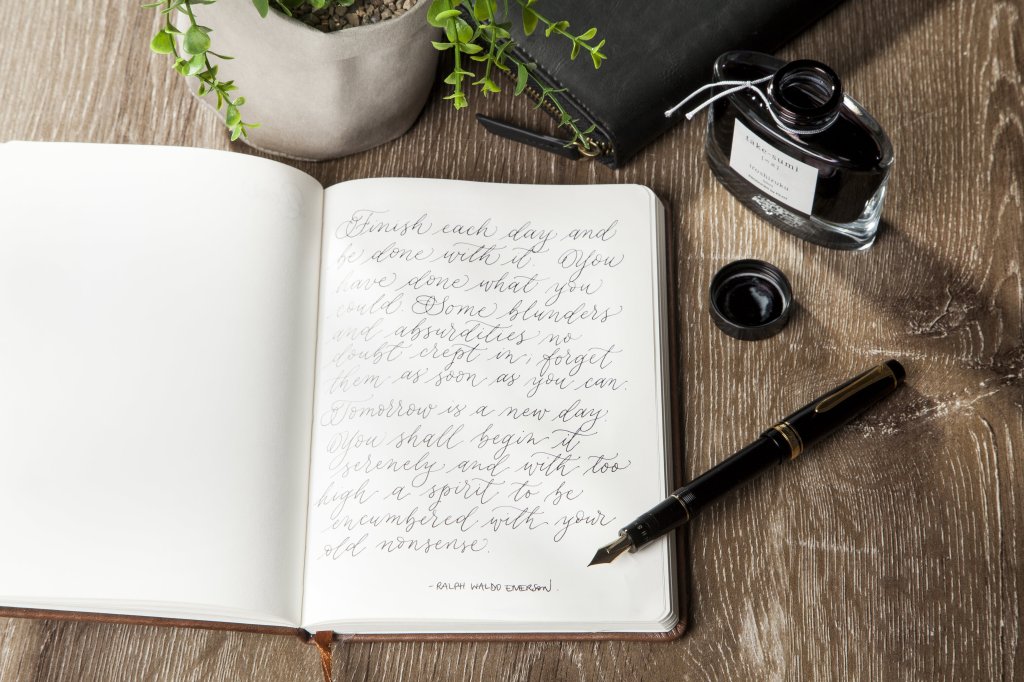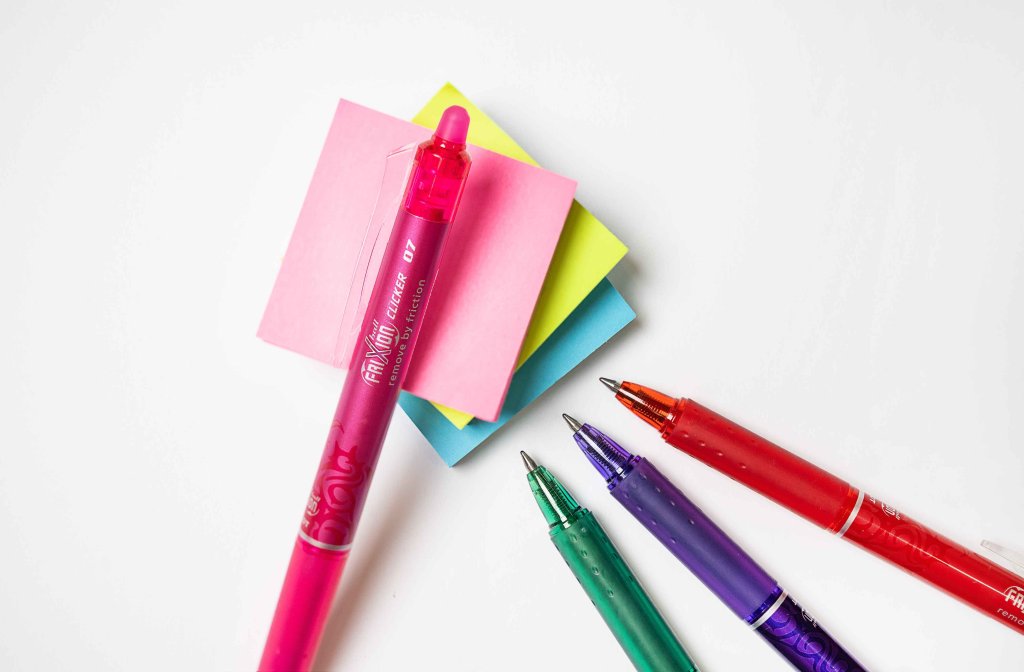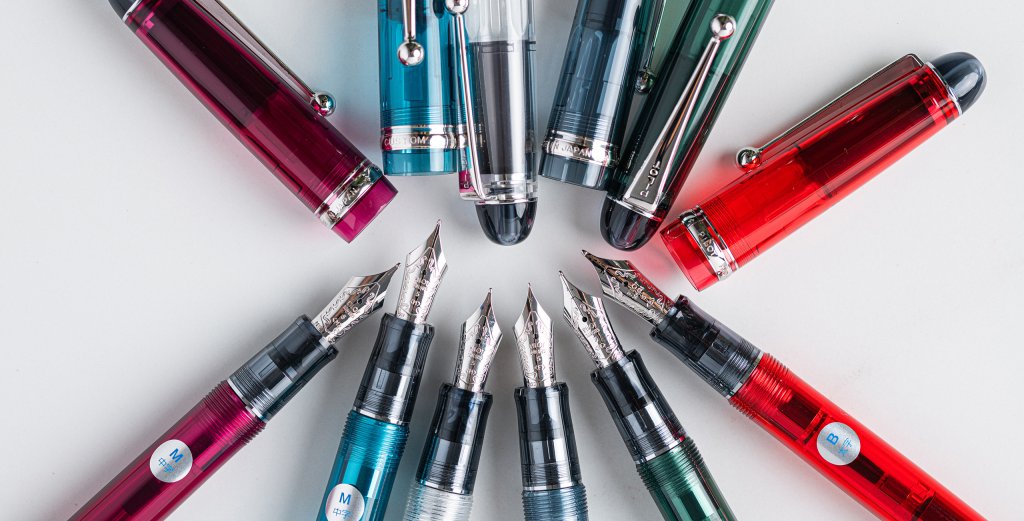Key Takeaways
Durability and Versatility: Permanent markers are prized for their durability and vibrant colours, which make them suitable for a wide range of applications from industrial to arts and crafts.
Variety for All Needs: Available in a myriad of options from ultra-fine tips to metallic ink, permanent markers cater to diverse professional and artistic requirements.
PILOT Permanent Markers: These markers are environmentally friendly with xylene-free and odourless ink, known for their water and fade resistance and some offer 24-hour cap-off capability.
Features of Permanent Markers
Conceived as powerful instruments wielding strong ink, permanent markers have carved their niche in the annals of stationery. Introduced around 50-60 years ago, these markers have become essential tools found in every classroom, office, and home.
What turns a regular marker into a permanent one? It’s all about the features
Quick drying: The ink dries fast so that the writing doesn’t smudge
Colours: They come in a variety of colours, including unconventional options like pink, orange, purple, and yellow, allowing for creative expression.
Durable Tip: So they can withstand heavy use, particularly for industrial use.
Permanent: Meaning that the ink cannot be easily erased or removed.
Versatile: Permanent markers can write on a wide variety of surfaces including paper, wood, metal, glass, plastic, and fabric
These markers demand respect and careful handling to ensure their longevity and effectiveness. They have earned their place in our drawers and pen holders' hands thanks to their robustness and ability to leave a lasting impression.
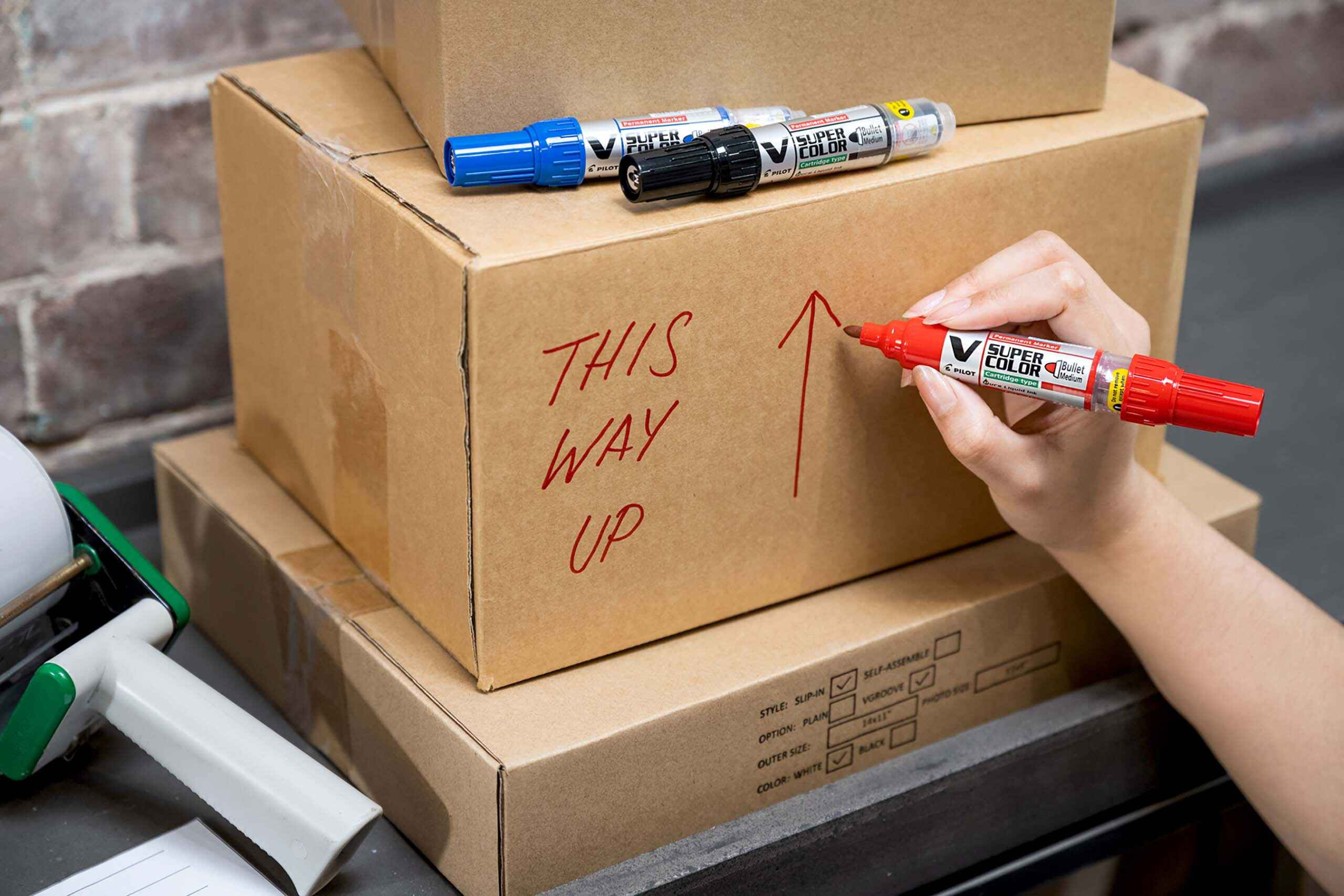
Types of Permanent Markers
The world of permanent markers is as varied as the people who use them. Here are some of the different types of permanent markers and their typical uses:
Ultra Fine Tip: For fine details, lines and writing. Ideal for technical drawings, labelling and detailed artwork.
Fine Tip: For everyday use, writing, labelling and general use. A favourite for offices, school projects and home organisation.
Chisel Tip: For fine and broad lines. Often used for calligraphy, signage and posters as well as presentations and creative projects.
Paint Markers: Paint-like ink that dries like spray paint, perfect for decorating, crafts and marking on non-porous surfaces like glass, metal and plastic.
Metallic Markers: Shimmering ink that excels on dark surfaces. They are great for adding decorative touches to projects such as card-making and scrapbooking.
Industrial Markers: Built to withstand tough conditions and mark on rough surfaces found in warehouses, construction sites and manufacturing.
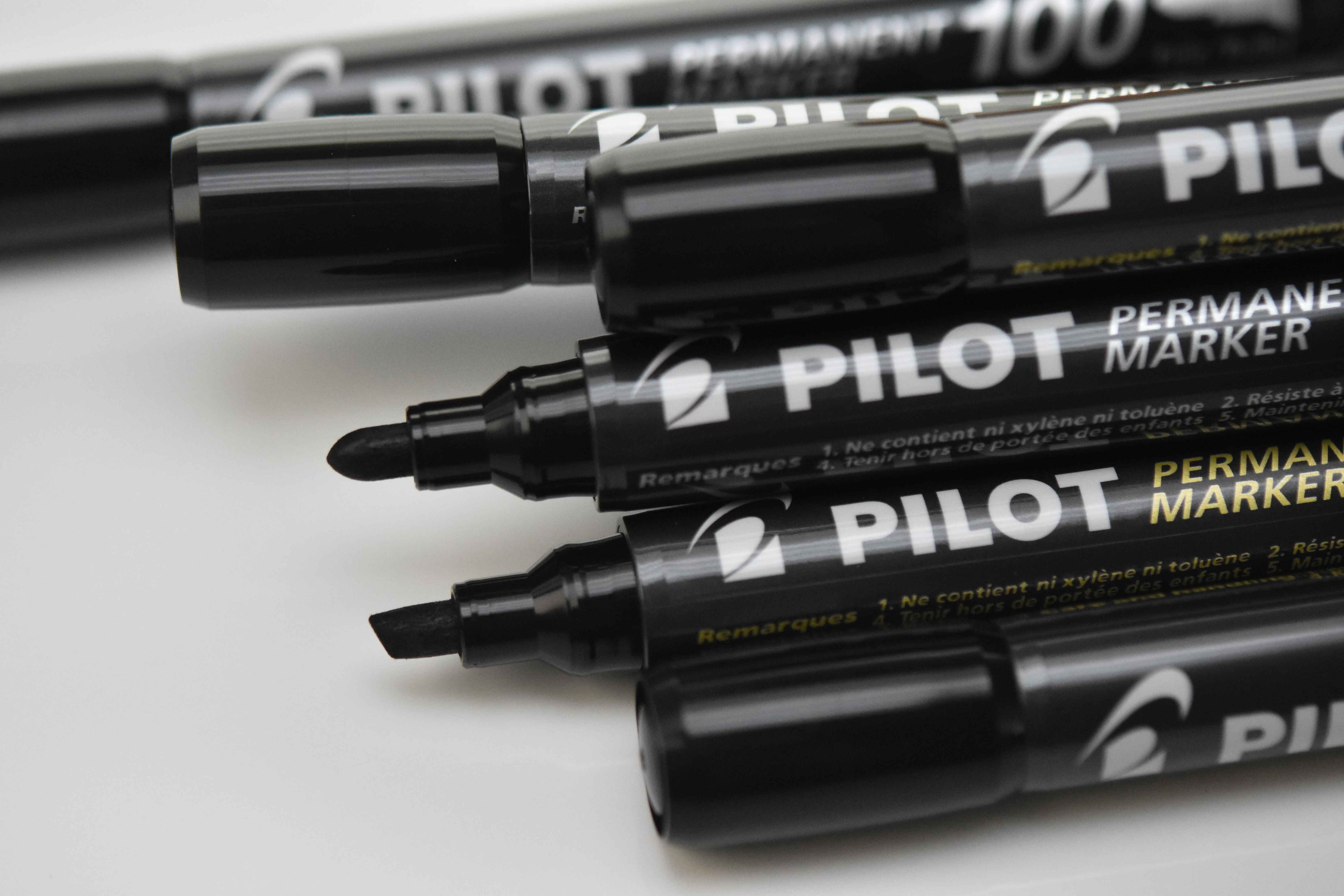
What Surfaces Do Permanent Markers Work On?
Imagine a marker that can write on anything – that’s what a good permanent marker promises. That being said these are the types of surfaces that really bring out their potential
Wood: With its porous character, wood embraces the ink from these markers like a long-lost friend.
Metal: Especially when textured or rough, metal holds onto the markings with a tenacious grip.
Glass: that sleek and glossy canvas showcases clear and vibrant markings, demanding a steady hand for the best results.
Plastic: Smooth and non-porous, plastic surfaces allow the ink to glide effortlessly, creating sharp and clear markings that are hard to erase.
Cardboard: The fibrous texture of cardboard absorbs the ink well, making it perfect for labelling cardboard boxes and organising storage or shipments.
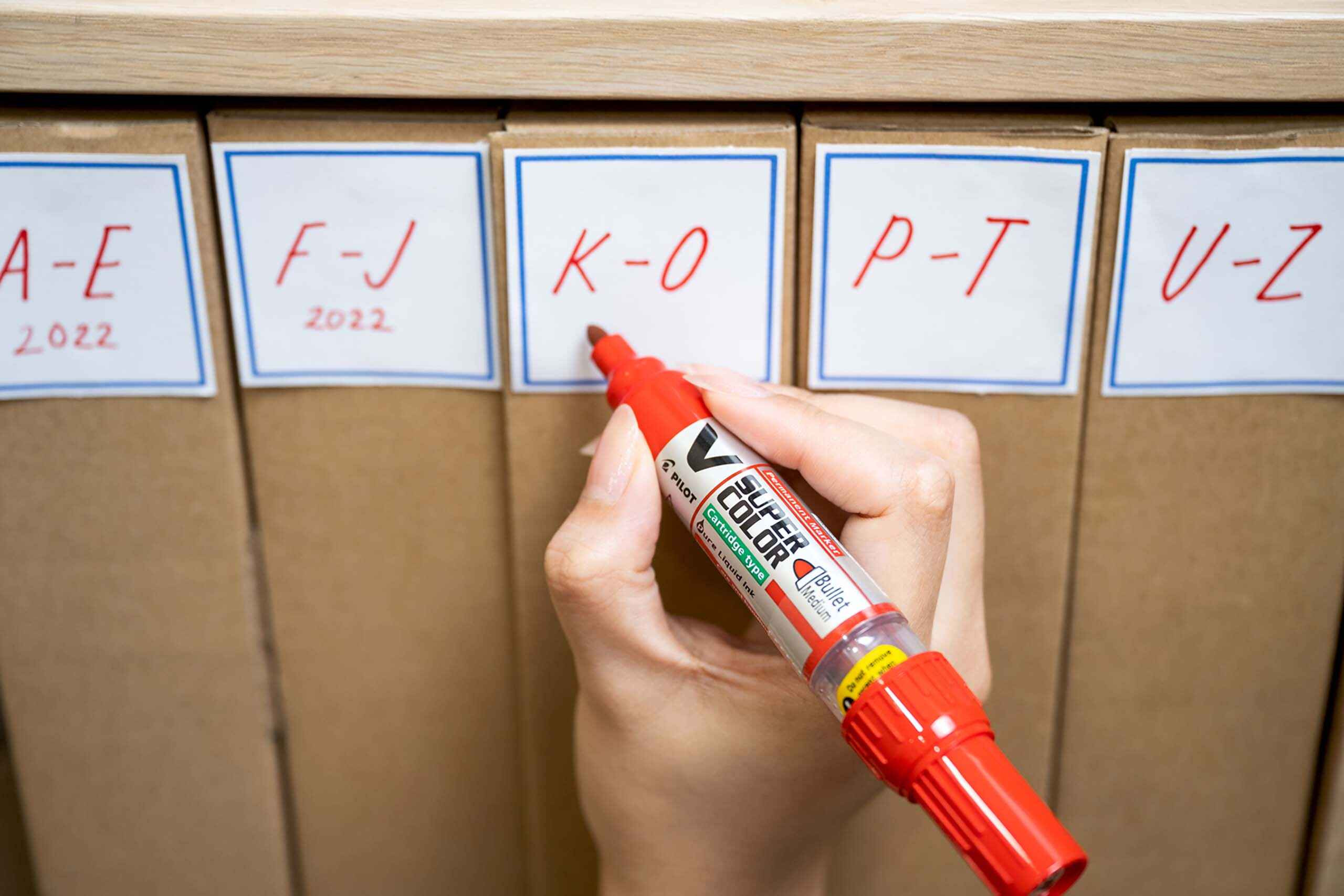
Applications and Usage: Where Permanent Markers Shine
Industrial Applications
Permanent markers are staples in industrial settings. Their ability to permanently mark on metal, plastic and wood makes them good for:
Inventory Management: Labelling products, parts, and equipment to ensure they are easy to identify within warehouses and factories.
Safety Instructions: Marking clear warning labels on machinery and hazardous materials to reduce risks in the workplace.
Quality Control: Marking products that have been inspected to ensure easy documentation.
Construction Sites: Identifying and sorting materials, as well as marking measurements and cutting lines on various construction materials.
Manufacturing Processes: Tracking production stages, marking assembly points, and labelling components to streamline the manufacturing workflow.
Maintenance and Repairs: Logging service dates, part numbers, and repair notes directly on machinery and equipment to keep maintenance records clear and accessible.
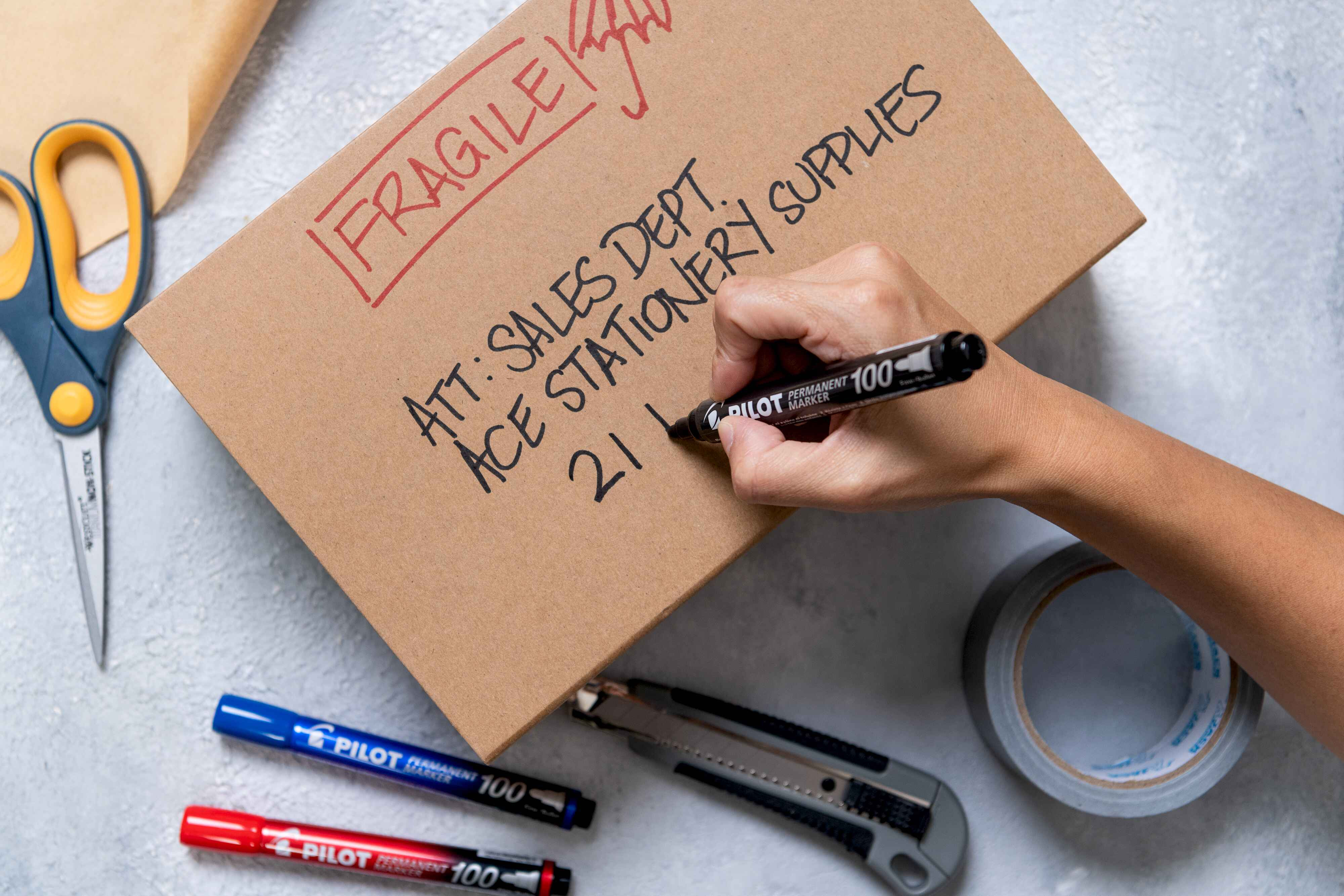
Educational Uses
Permanent markers aren’t just for factory floors; they’re educational tools too:
Classroom Labelling: Label charts, posters, storage bins and educational materials so they last and look great.
Art Projects: Permanent markers open up a world of possibilities for student projects.
Whiteboard Use: While used with dry-erase markers, permanent markers can be used on whiteboards for permanent grids or labels that won’t be erased during regular use.
Student Supplies: Personalise student supplies like notebooks, folders, and backpacks to prevent losses and mix-ups.
Event Decorations: Design banners and posters for parties, assemblies, or special projects.
Outdoor Learning: Weather-resistant permanent markers for outdoor education—marking plants in a school garden or outdoor learning stations.
These applications make permanent markers indispensable in a classroom setting, enhancing both functionality and creativity.

Arts & Crafts
Beyond industry and education, permanent markers are an essential part of the art and craft world:
Design: Using a permanent marker for outlining illustrations and detailing gives designs extra depth and a pop of contrast.
Calligraphy: Draw beautiful calligraphy on any surface – invitations, cards, posters – with permanent markers.
Scrapbooking: Captions, dates and embellishments on scrapbook pages make memories more alive.
Glass Art: Drawing and decorating glass jars, windows, and ornaments with permanent markers turns ordinary objects into art.
DIY Home Decor: Custom designs on coasters, mugs, plant pots and home decor can add a personal flair to living spaces
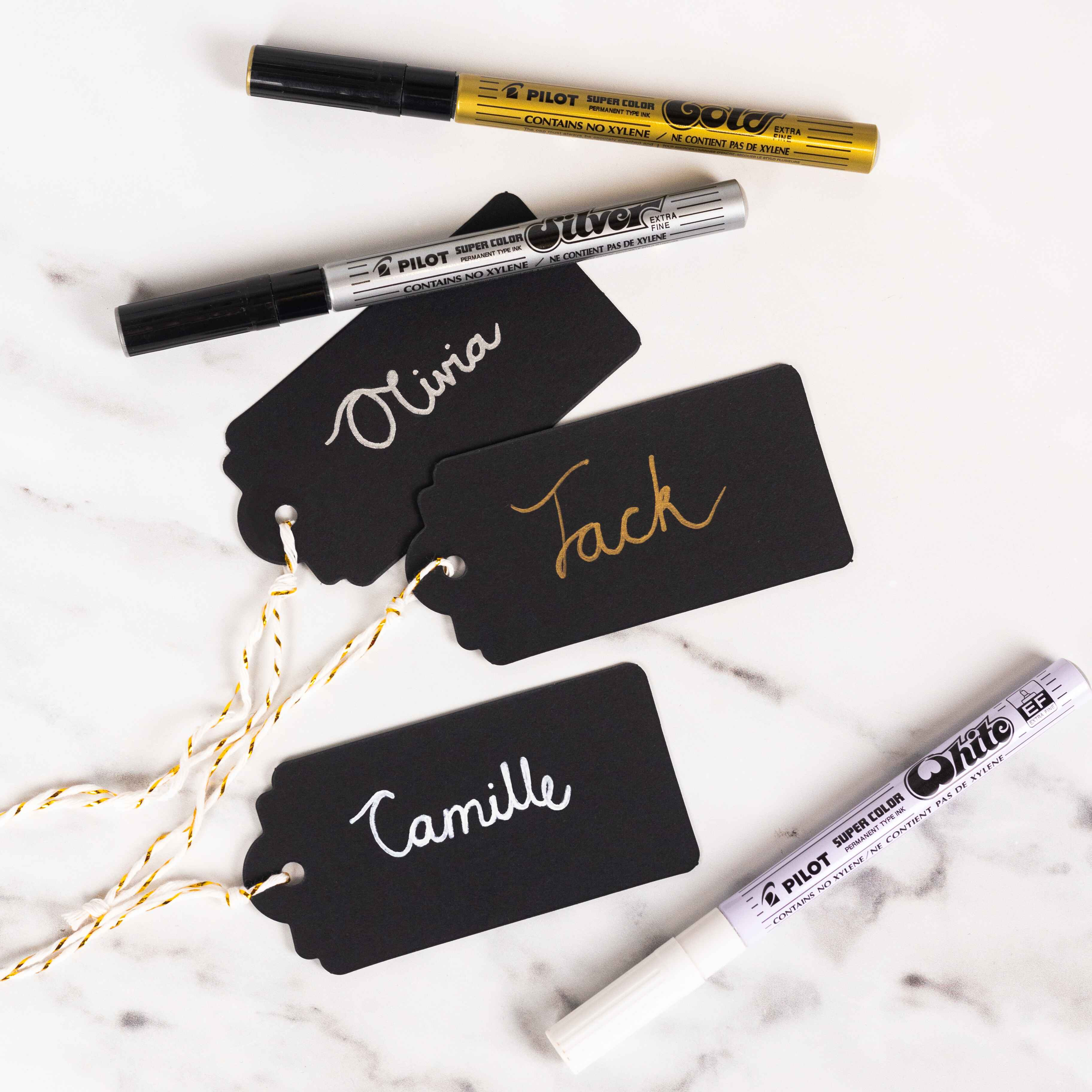
Tips for Using Permanent Markers
Get the most out of your permanent markers with our top tips!
Get to know your markers, their mechanics and how they feel in your hand before committing to your first mark.
When writing on paper, put a piece of paper underneath to catch any ink that bleeds through.
Store your markers horizontally so the ink flows evenly and doesn’t dry out.
Experiment with different surfaces like glass, fabric or ceramics to find new effects and uses.
Use a light touch when starting your lines to prevent botching, especially on absorbent surfaces.
Clean the tips regularly with some rubbing alcohol to keep the flow consistent and unclogged.
Test on a small area first to see how the ink reacts to the material.
Keep a set of fine tips for details and broader tips for bigger areas.
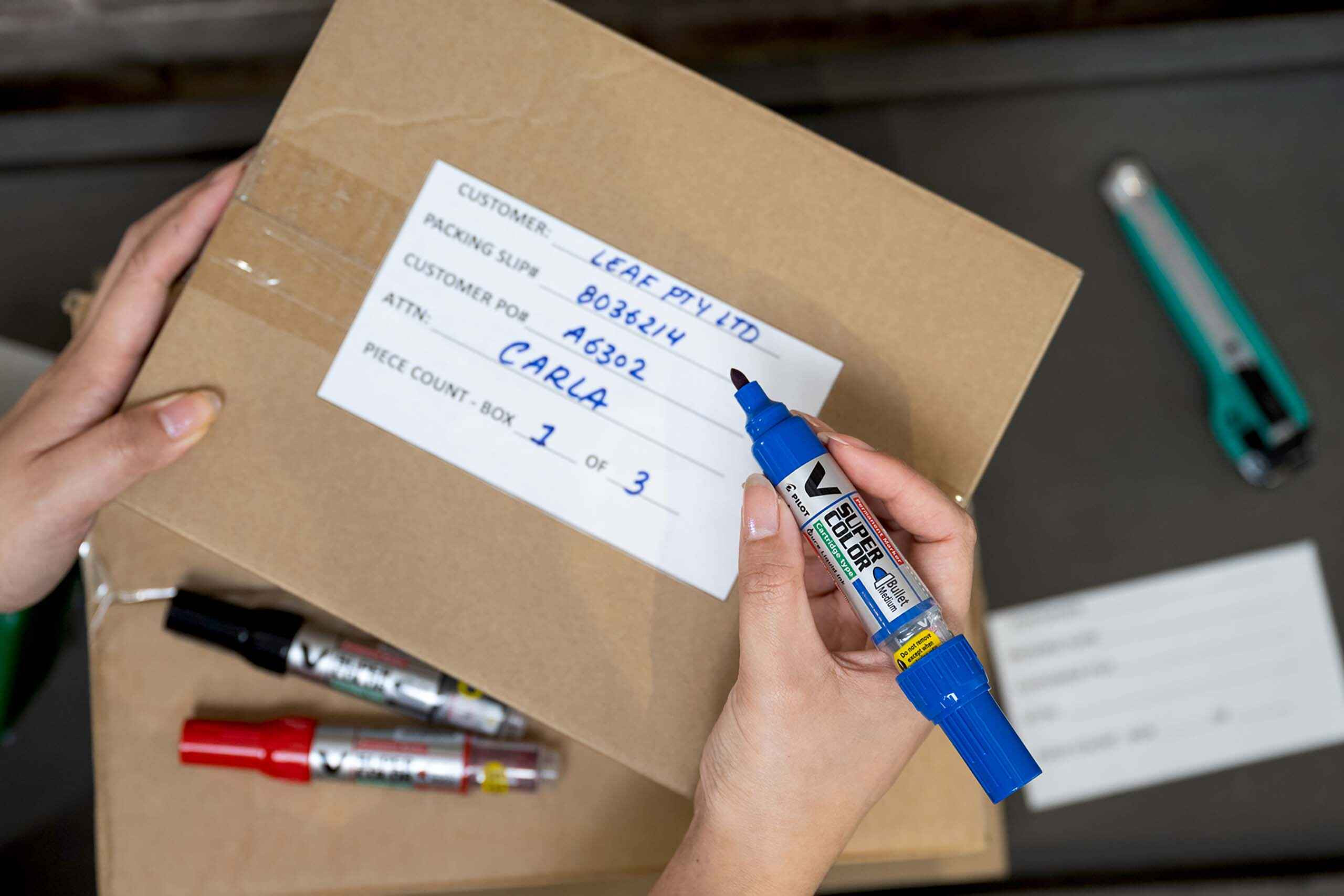
PILOT Permanent Marker Range
PILOT Permanent Markers stand out with their smooth ink flow and durable, sharp lines. These markers are built to resist frequent handling and abrasion, making them reliable tools for both industrial and artistic uses.
Unique Advantages of PILOT Permanent Marker
Xylene-Free and Odourless
PILOT’s Permanent markers are odourless and xylene-free for a user-friendly and eco-friendly experience. This reduces the risk of dizziness, headaches and skin irritation if it's accidentally inhaled or gets on your skin. It also ensures better air quality for everyone.
Water-Resistant and Fade-Resistant
Built to last, the PILOT permanent markers are water and fade-resistant. Making them ideal for outdoor use and or for projects that need durability against the elements
Sustainability and Refillability
PILOT Pen Australia is all about sustainability. Many of our permanent markers are refillable with the Super Color Ink Refill bottles and some have barrels and caps made from recycled plastic. For markers not yet refillable or made from recyclable materials, we are actively working on changing their designs.

All-Rounder: SCA Permanent Markers
The SCA Permanent Marker range are the heroes of clarity and durability in the office and education world. They make labelling easy, so every mark stands out and survives the daily grind. Industrial environments are also no stranger to these markers, the SCA Permanent Marker are the go-to marker for labelling tools and equipment.
The SCA 400 is at home on the rough terrain of construction sites, helping workers to identify and sort materials with big, bold, unmissable marks.
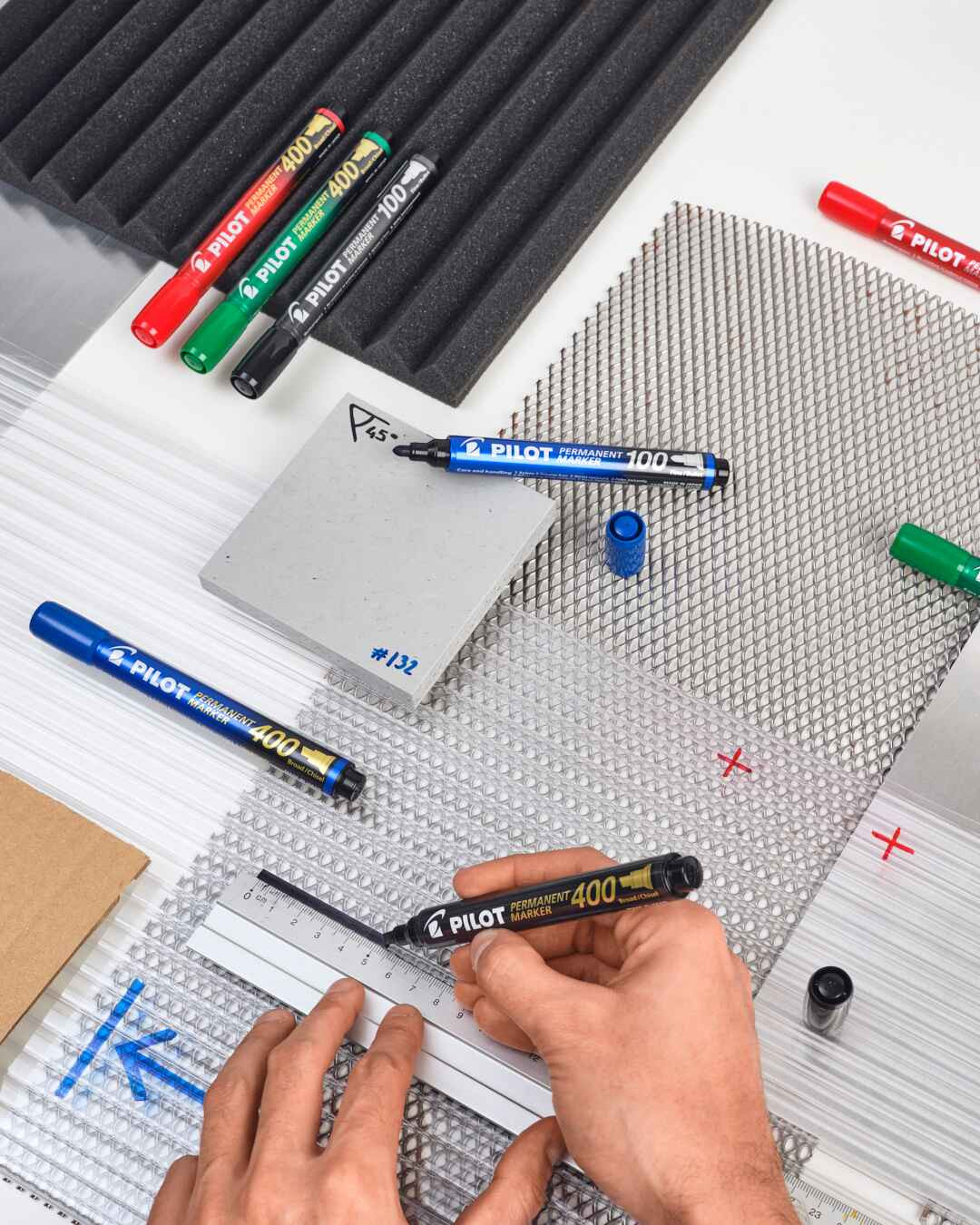
24-Hour Cap-Off
The 24-hour cap-off of the PILOT SCA Permanent Markers are nothing short of revolutionary. Imagine accidentally leaving your marker uncapped overnight and finding it ready to go the next day. This feature not only improves the usability and dependability of the markers but also means your workflow will not be interrupted by dried-out tips.
Summary
And there you have it, our tour of permanent markers is complete. Permanent markers have proved themselves to be a reliable tool in a multitude of situations, from classrooms to construction sites. PILOT markers, with their special features and benefits, are the best for those who want quality and reliability. May your marks be big, your lines be sharp and your colours stay true as you go on your own adventures with these amazing tools.
Frequently Asked Questions
How to Refill Your PILOT Permanent Marker
Refilling your PILOT Permanent Marker is easy and helps reduce waste, but note that only some markers are refillable and only for the colour black. To refill, simply unscrew the back cap, pour ink from the SCA-RF bottle using the included ink dropper, and securely reattach the cap. Allow the marker to rest horizontally for a few minutes to let the ink distribute evenly. To check if your marker is compatible for a refill, use the Refill Finder tool.
Can permanent markers be removed?
Although it’s in the nature of permanent markers to be permanent, there are some occasions when marks can be removed.
Non-Porous Surfaces (glass, metal, plastic): Rubbing alcohol, acetone or an ink remover. Apply to a cloth and rub.
Fabric: Act fast. Place paper under, dab with rubbing alcohol, and blot with cloth. Repeat until gone, then wash.
Wood: Toothpaste (not gel) or baking soda and water. Apply, rub, wipe.
Skin: Apply rubbing alcohol or hand sanitiser on a cotton ball and scrub gently.
While these methods can be effective, always test a small, inconspicuous area first to ensure there is no damage to the surfaces.
What is the difference between marker and permanent marker pens?
The main difference between a marker and a permanent one is the ink and use. Markers have water-based ink for temporary marks that can be wiped or washed off. For everyday writing, drawing and colouring on whiteboards and paper. Permanent markers have oil or alcohol-based ink for permanent marks that won’t fade even from water or abrasion. They are ideal for paper, wood, metal, glass, plastic and fabric and are often used in industrial settings. But also great for classrooms, arts and crafts and home use.
About Author
Sophia Le
Resident Fountain Pen Fanatic at Pilot Pen Australia.
Capless Collector. Staffy Lover. Casual Gamer and Maker.
Currently a Stardrop Seeker in Stardew Valley after vacationing in Baldur’s Gate and Hyrule.
